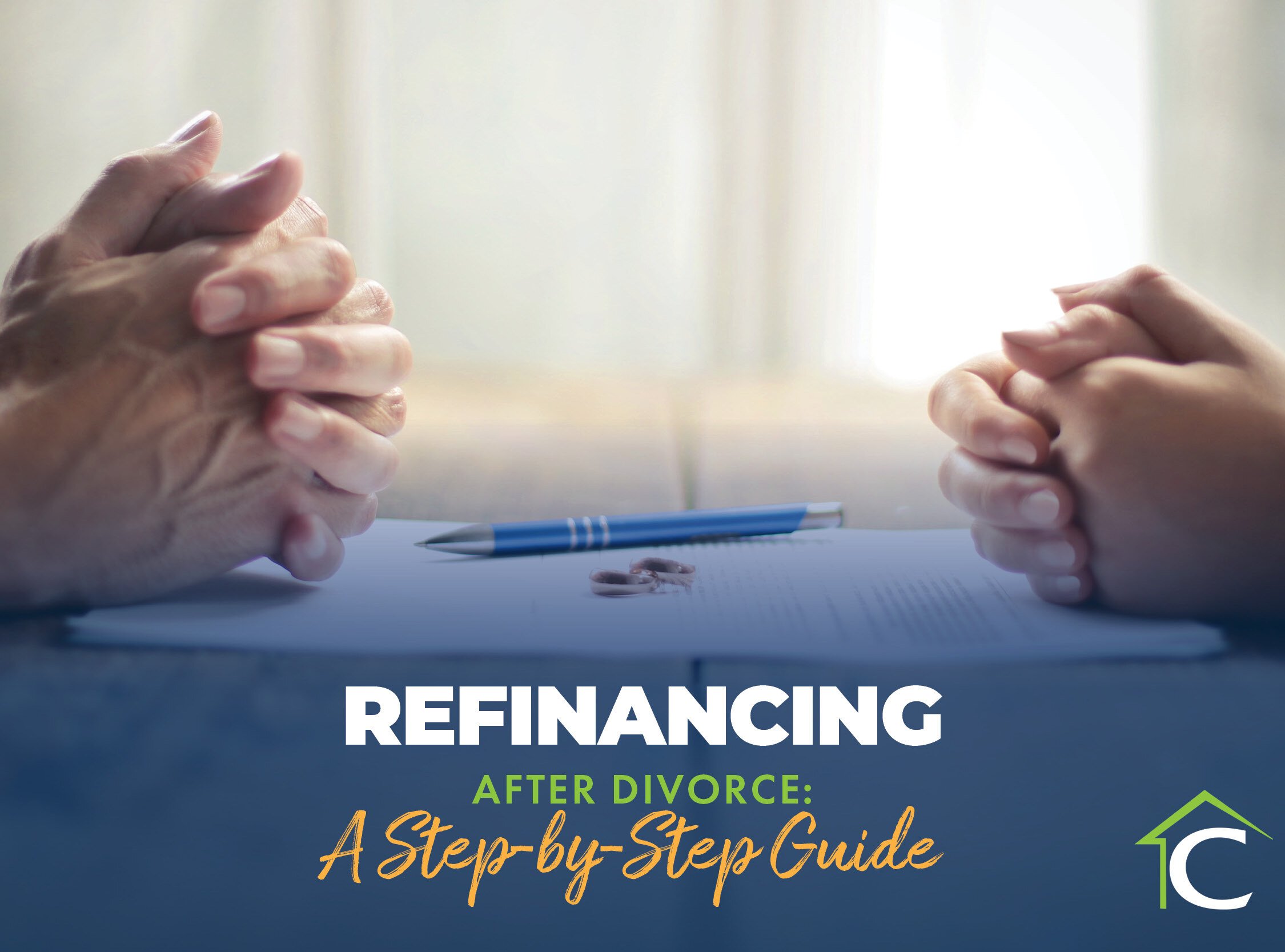
Enacted by Congress at different times in history to help citizens achieve the dream of homeownership, Fannie Mae and Freddie Mac provide liquidity, stability, and affordability to the greater mortgage market.
Both Fannie Mae and Freddie Mac are mortgage-backing entities that aim to boost the housing market—but each does so in a unique way. Let’s delve into how each of these lend an assist to your journey toward homeownership.
Fannie Mae boasts many programs for both first-time and repeat homebuyers. Some of these products are intended to help you buy a home or refinance with a lower rate or even assist you in purchasing real estate owned (REO) property. Click here for a full listing of Fannie Mae mortgage products.


Freddie Mac offers an array of products and services, all aimed at assisting borrowers in different ways. These innovative mortgage offerings address an array of situations, like financial assistance, renovations, cash-out refinances, and more. Click here for a full listing of Freddie Mac products.
A median FICO credit score of at least 620, from the three major credit bureaus
Your DTI, which compares monthly debt to before-tax monthly income, should be no higher than 50%.
A necessary down payment could be anywhere from 3% to 5%.

Discover the top 10 must-try brunch spots in Nassau County, offering a variety of delicious dishes and unique dining experiences for every brunch lover.
Read More
Enjoy free summer events on Long Island, from street festivals to concerts, celebrating local music, food, and community spirit. Discover weekly highlights you won't want to miss!
Read More
Learn how to successfully navigate refinancing after divorce with our step-by-step guide. Protect your credit, understand options, and secure financial independence.
Read More
Learn how to buy out your ex’s share of the home after divorce with smart financing strategies, legal tips, and expert mortgage guidance.
Read More